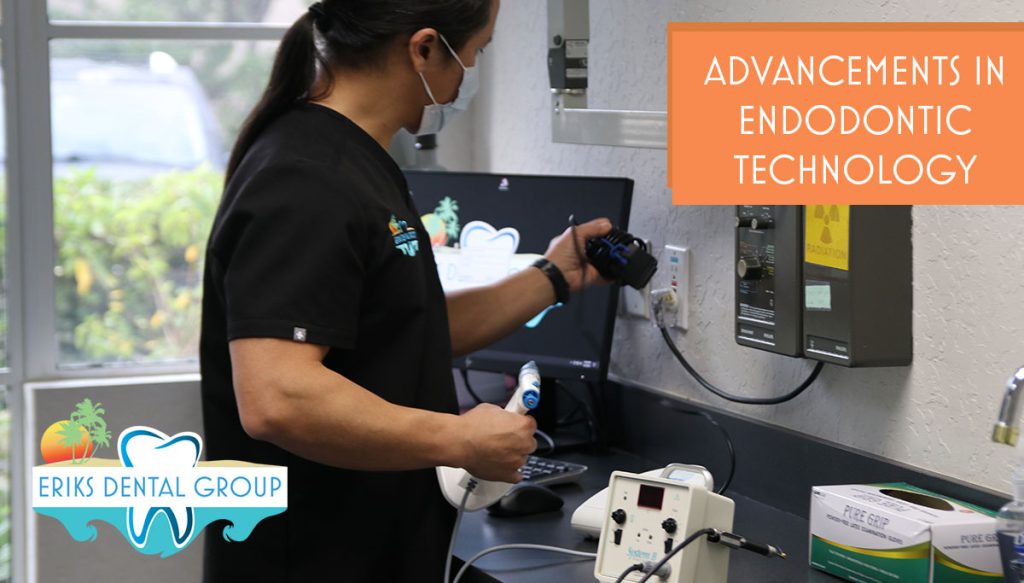In the late 19th century, X-ray technology changed the landscape of medical care, including endodontics. Since then, many advancements have evolved the root canal procedure. Root canal treatment is often associated with apprehension and fear among dental patients. The mere mention of the procedure often evokes discomfort. However, this perception is rapidly changing thanks to remarkable advancements in endodontic technology.
What Is Endodontics?
Endodontics is a branch of dentistry that focuses on diagnosing, preventing, and treating diseases affecting dental pulp surrounding the roots of teeth. The term “endodontics” is derived from the Greek words “endo” (meaning inside) and “odont” (meaning tooth).
The dental pulp, located within the central portion of a tooth, contains nerves, blood vessels, and connective tissues. Dental pulp is critical in the development and nourishment of teeth. When the dental pulp becomes infected or damaged due to tooth decay, trauma, cracks, or other factors, it can cause significant pain and potentially lead to tooth loss if left untreated.
Endodontists are specialists who have undergone additional years of advanced training beyond general dentistry. They have expertise in performing root canal treatments. This involves the removal of infected or damaged dental pulp, cleaning and disinfecting the root canals, then filling them using a biocompatible material. Root canal treatment is the most common procedure in endodontics.
Here are five endodontic technology advancements to know about:
1. Cone-Beam Computer Technology (CBCT)
One of the most significant breakthroughs is the introduction of digital imaging technologies such as cone-beam computer technology (CBCT). CBCT provides three-dimensional, high-resolution images of teeth, roots, and surrounding structures. This offers dentists unprecedented insight into the complexities of root canal anatomy. This enhanced visualization enables more accurate diagnoses, improved treatment planning, and enhanced precision during the procedure.
2. Increased Magnification
The second biggest advancement is focused on instrument design. An instrument’s ease of use directly impacts its effectiveness in endodontics. The latest tools are lightweight, have a long working length, and offer increased magnification.
3. The Wand
This innovative tool takes hand fatigue out of the equation. The Wand has replaced the smaller dental tools previously common in the field and offers 3D insertion. With this advancement, endodontists can easily work in the canal with improved precision, often using only one hand.
4. Biocompatible Materials
Advancements in dental materials, such as biocompatible sealers and innovative obturation techniques, have greatly improved the long-term success rates of root canal treatments. These materials provide superior sealing properties, reducing the risk of reinfection and promoting optimal healing.
5. GentleWave Procedure
This minimally invasive procedure allows for more efficient root canal cleaning. GentleWave uses multi-sonic technology to provide the deepest clean. A GentleWave procedure is, as it sounds, more gentle than traditional root canal therapy. Many patients are pleasantly surprised at how much more comfortable it is. It’s a single-visit treatment with fast recovery: a win-win for patients and endodontists alike.
Endodontists And More In Boynton Beach
No one is particularly excited about a root canal, we know. But when you need one, trust the dentistry experts at Eriks Dental Group. Our professional team consists of all dental specialties, including endodontics, providing a comprehensive care package for all your dental needs.
Using the latest technological advancements, we are proud to be the official sponsor of smiles for you and your family. To schedule an appointment, or learn more about the dental services we offer, call us at 561-733-4004.

